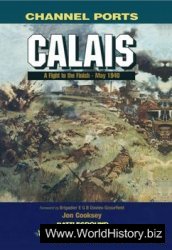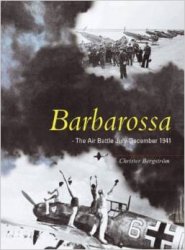After Anastatius died in 518, he was replaced by one of his personal bodyguards, Justin (c. 450-527). Justin’s nephew, Justinian I (c. 482-565), became emperor after him. Justinian’s building projects and military conquests earned him the nickname “the Great.” He also created a legal code that reviewed all existing Roman law, eliminating contradictions and making the legal system easier to understand. This Justinian Code formed the basis of law across Europe into modern times. (See chapter 4 for more information on the influence of Roman law.)
Justinian was driven to reunite the western and eastern halves of the empire. In 533 Byzantine troops conquered the Vandal kingdom of North Africa. Justinian then turned to the Italian peninsula and defeated the Ostrogoths. His gains in the west eventually included southern Spain (the Visigoth kingdom), part of southern France, and lands along the eastern shore of the Adriatic. Justinian took the title autocrator, or sole ruler of the world. Today, in English, an autocrat is someone who rules as an absolute dictator.
Justinian the Builder
Along with his legal code, Justinian is best remembered today for his building projects in Constantinople. In 532, rioting in the city led to a great fire that destroyed public buildings and several churches. One of these, the Church of Holy Wisdom (Hagia Sophia in Greek), had been built by Constantine II (316-340) and rebuilt by Theodosius II. Justinian's Hagia Sophia featured a massive dome and was filled with marble, gold, and jewels. Centuries later, Muslim Turks took over Constantinople and turned the church into a mosque, an Islamic place of worship. Today Hagia Sophia is a church and a museum.
While winning these victories, however, Justinian left his empire open to attack in Asia Minor and the Middle East. He fought a long war with the Sassanids, and various barbarian tribes also battled his forces. In the end, the Byzantine Empire could not keep the territory it won in the west. Once again, barbarians reclaimed most of these lands, while Muslim Arabs eventually took North Africa and southern Spain.
Justinian’s wars weakened the Byzantine Empire, leaving it open to invasion. The fighting also destroyed the imperial economy. Justinian also angered many of his subjects when he cracked down on people who did not accept his version of the Christian faith. A historian of his age, Procopius (c. 490/510-c. 560s), wrote in his Secret History that the emperor “encouraged civil strife and frontier warfare to confound the Romans, with only one thought in his mind, that the earth should run red with human blood and he might acquire more and more booty.” Still, Justinian created a strong central state that survived for centuries, keeping the Greco-Roman culture alive in the east.
By the ninth century, the Byzantine Empire still controlled some parts of southern Italy. It also began to take back some of its former lands in the Middle East. The Byzantine influence also extended into what is now Russia, as the Slavic people of the region embraced the Eastern Orthodox religion. Until the early llth century, the Byzantine Empire was the major political and military power in Europe and the Middle East. Then, Normans from France conquered parts of Italy and launched raids on Constantinople. From the west, a Turkish people known as the Seljuks also attacked.
Like the Roman Empire before it, the Byzantine Empire slowly began to decline. By the 14th century, its chief threat was a growing Islamic Empire in Asia Minor, ruled by the Ottoman Turks. Even with Slavic and Western European aid, the Byzantine emperors could not hold off the Turks. In 1453, the Ottoman Empire seized Constantinople. The old eastern Roman Empire was gone.
PART II
Society AND Culture






 World History
World History









